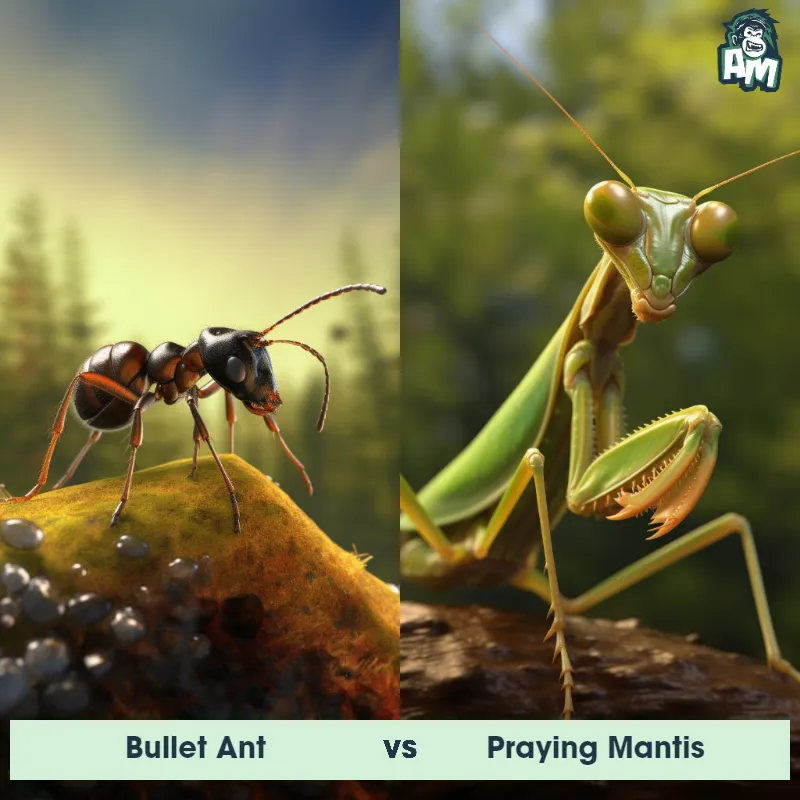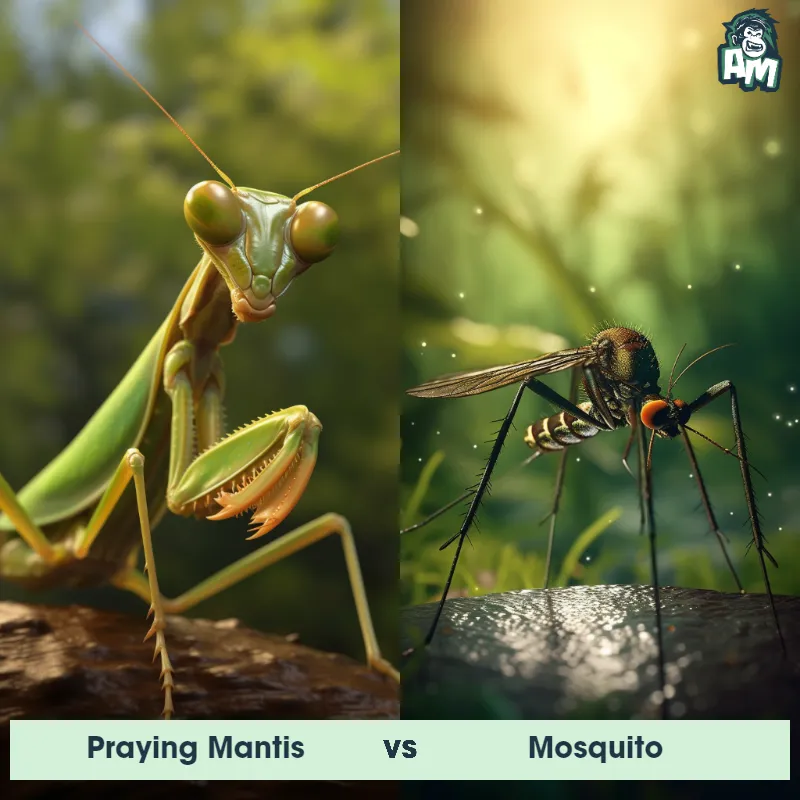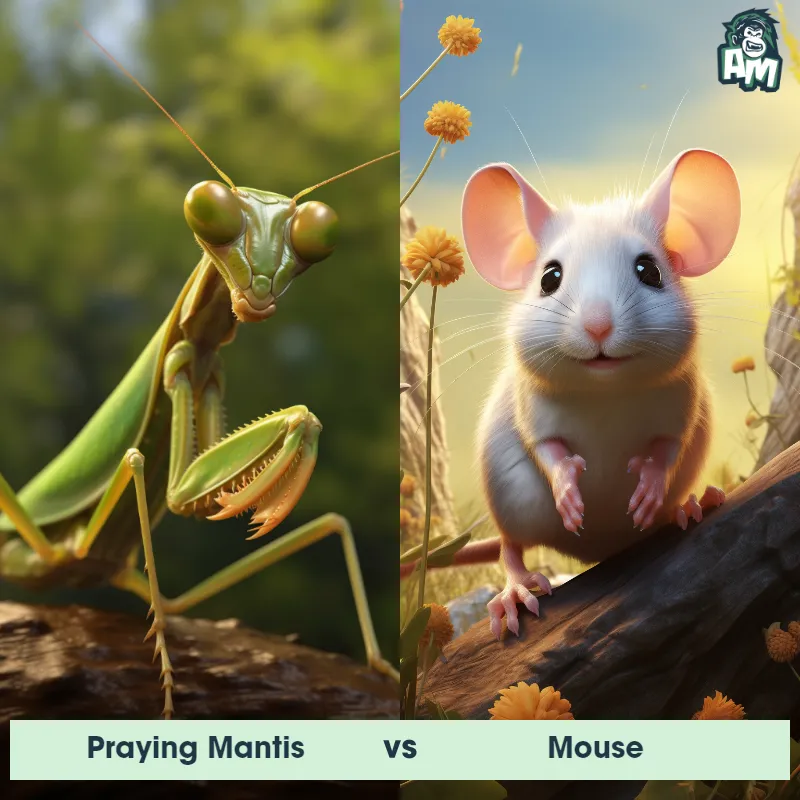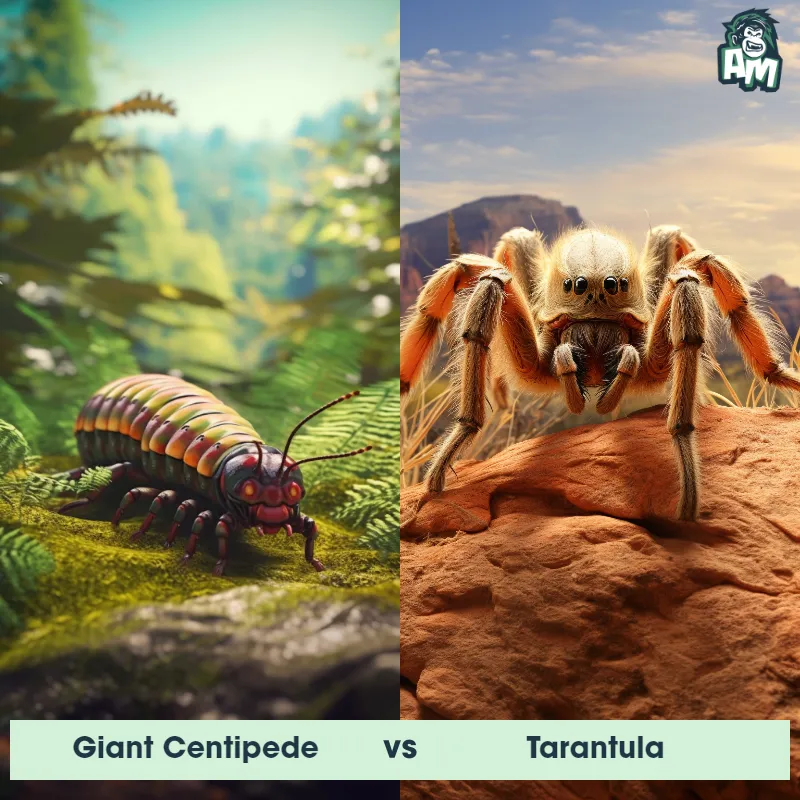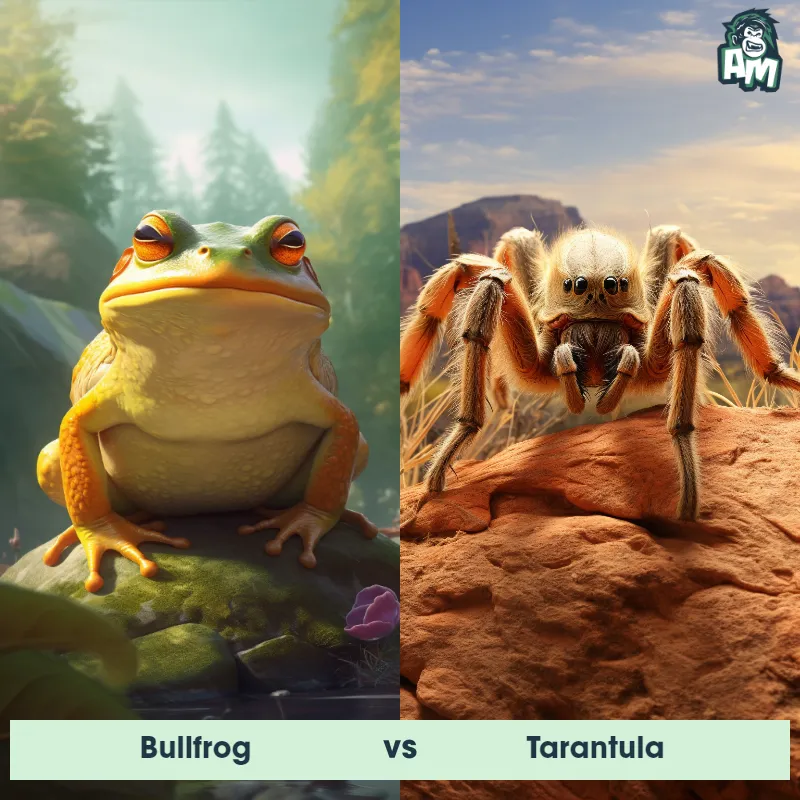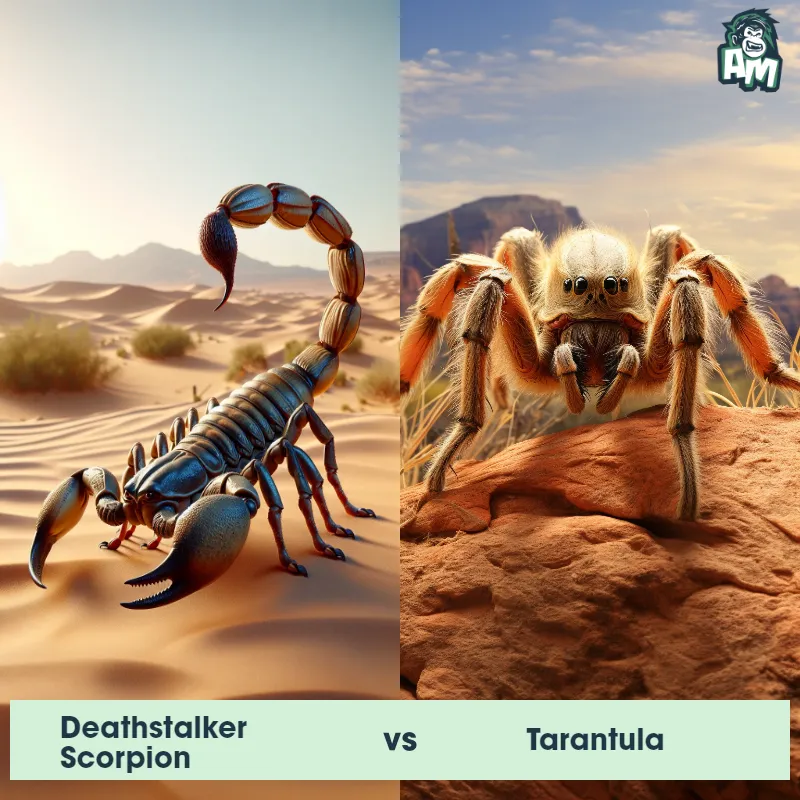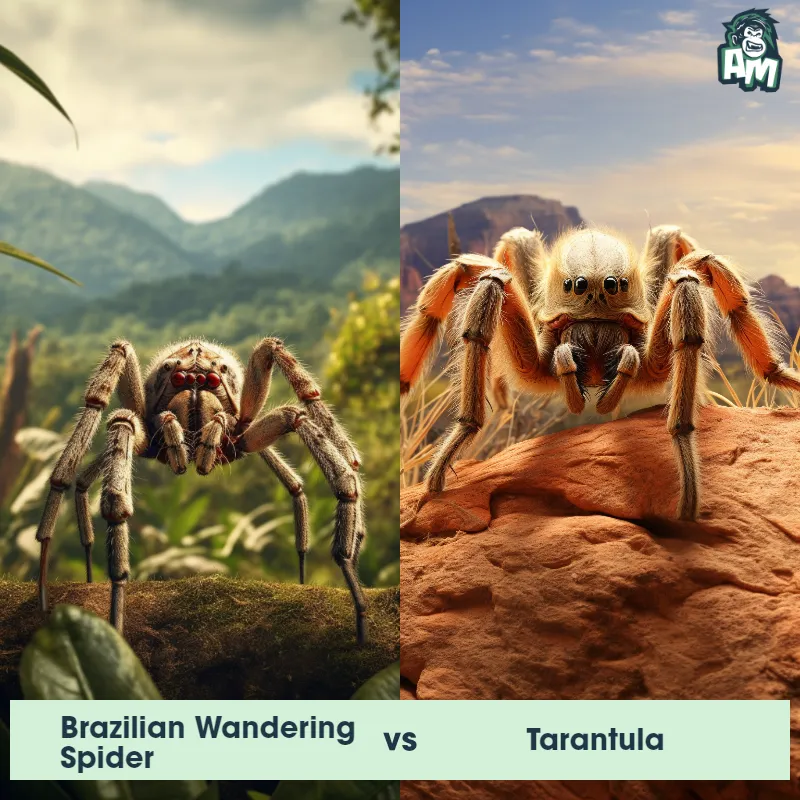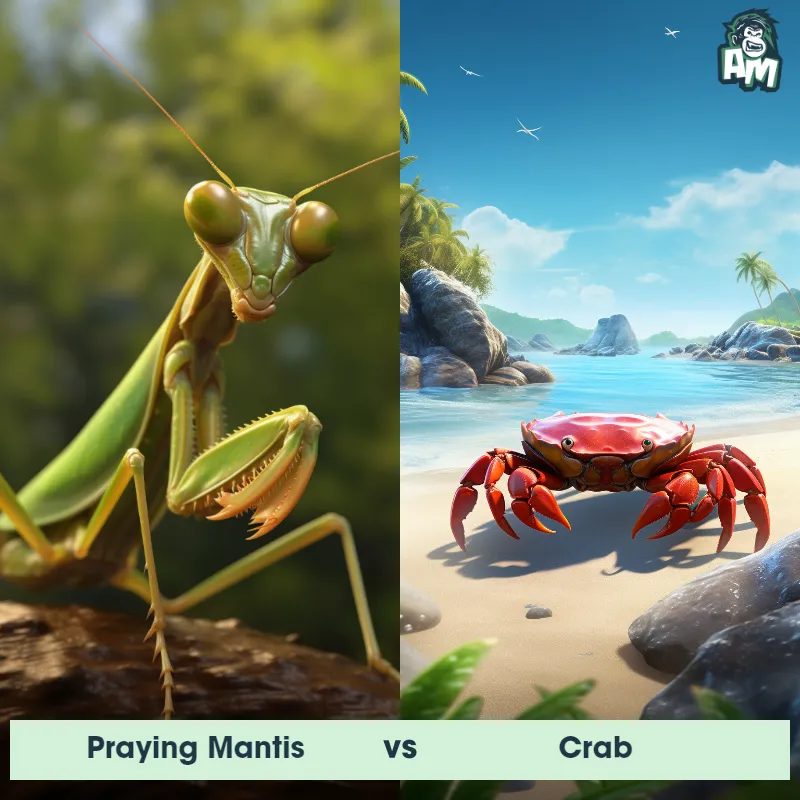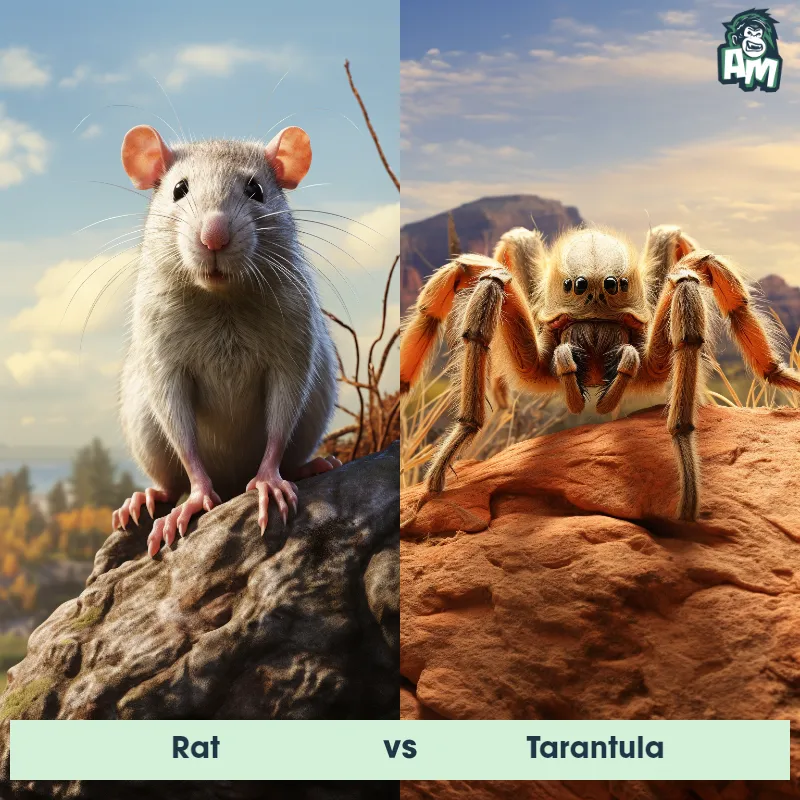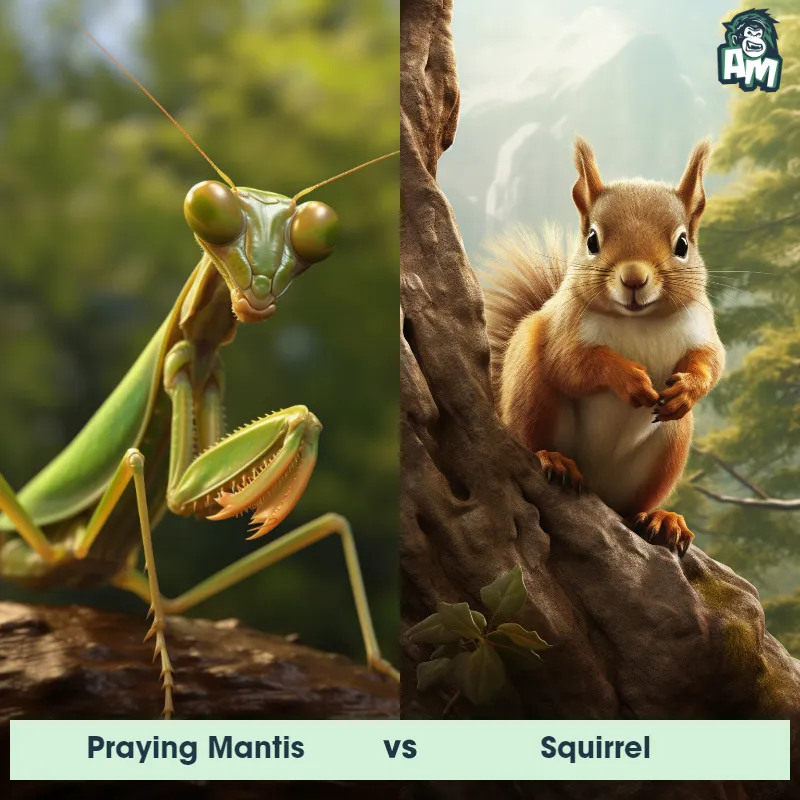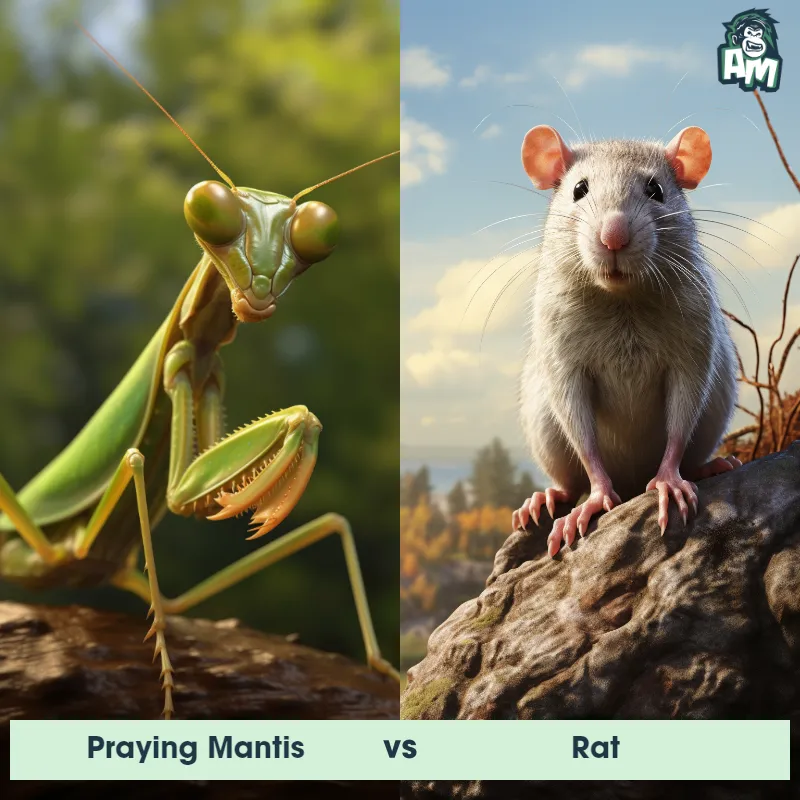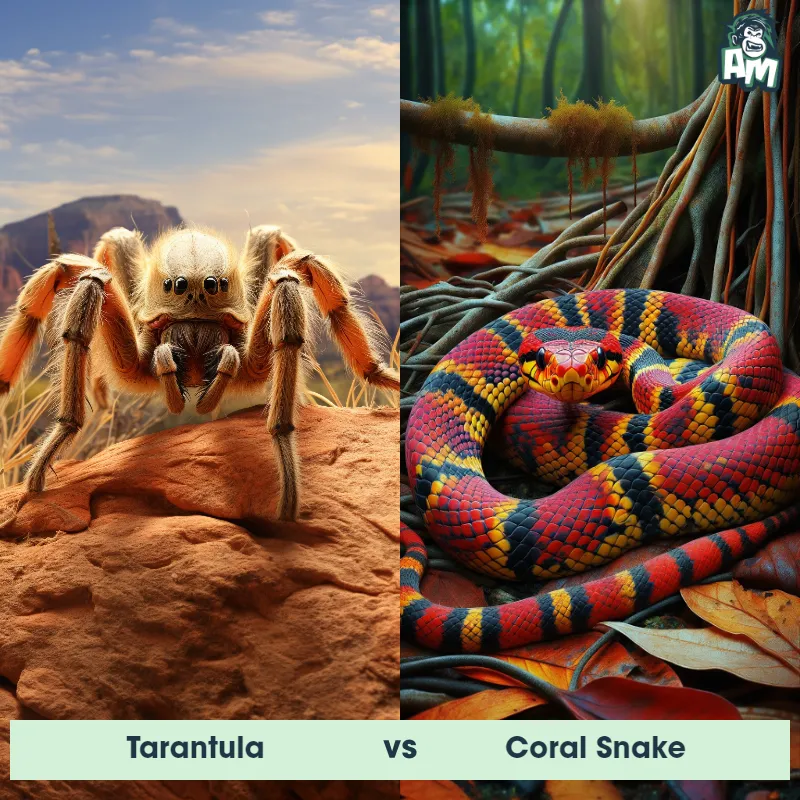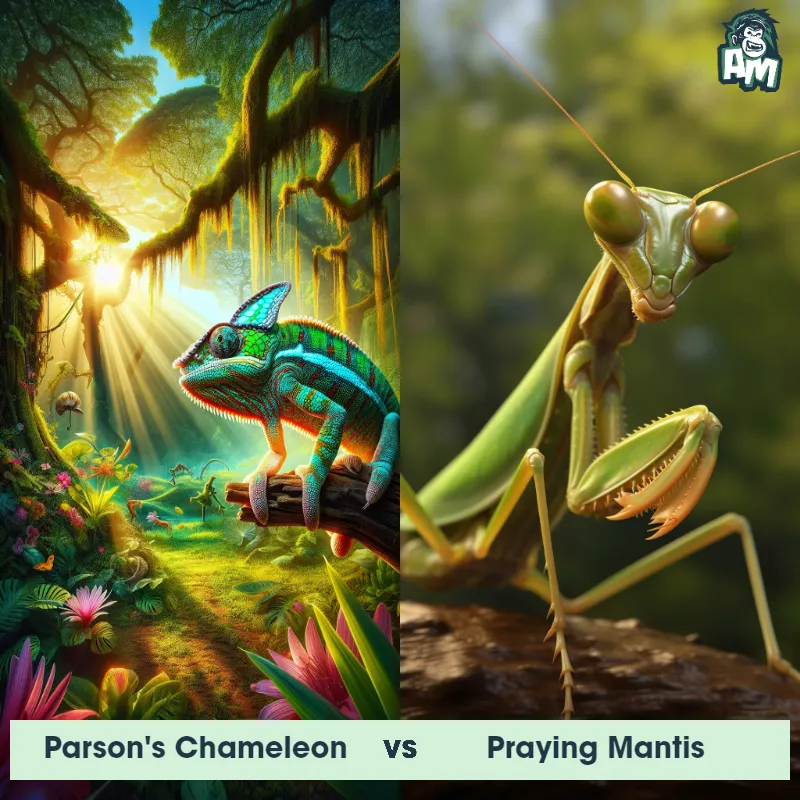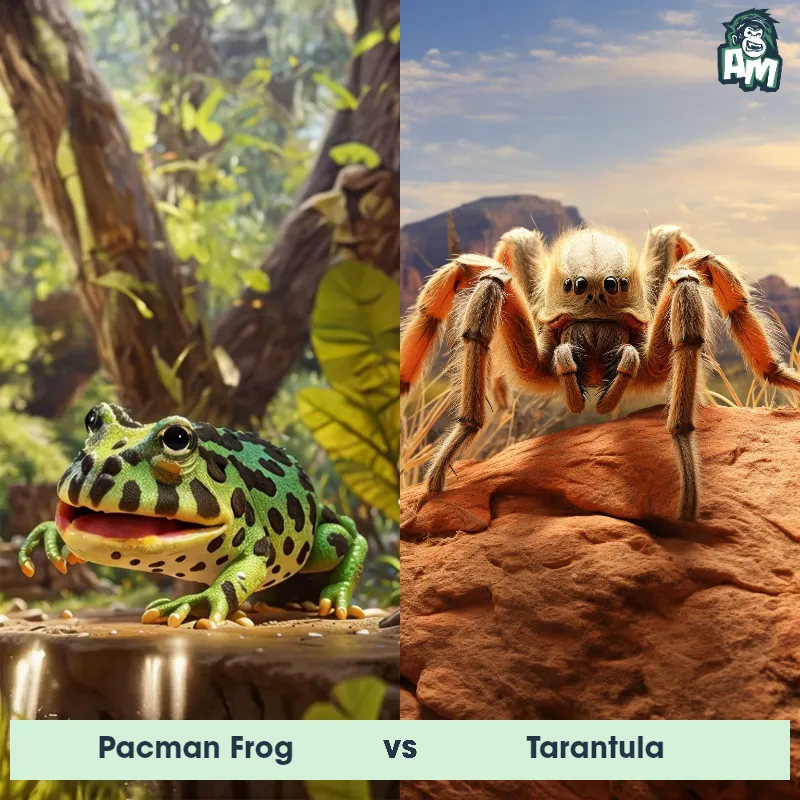Praying Mantis vs TarantulaSee Who Wins
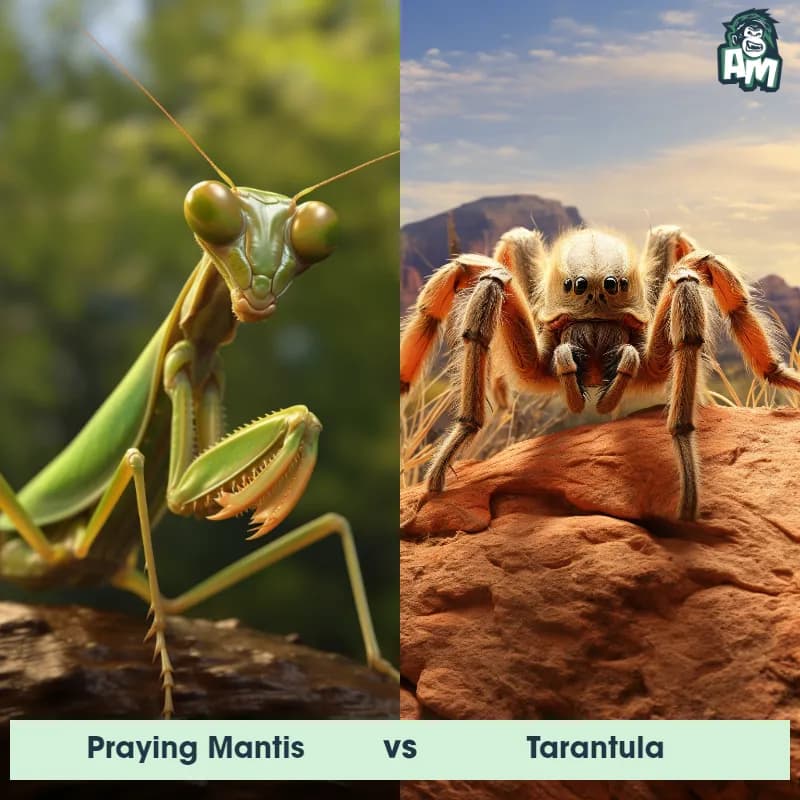
Good evening ladies and gentlemen, and welcome to this thrilling showdown at the Animal Matchup Arena! We've got an electrifying matchup tonight between two fierce competitors: the Praying Mantis and the Tarantula. These creatures may be small in stature, but boy, they're mighty when it comes to their fighting skills. The tension is palpable, and anticipation is high as we await the start of this three-round battle. Let's get right into it!
Contender 1: Praying Mantis
The Praying Mantis is a fascinating insect known for its unique appearance and predatory behavior. With elongated bodies and large, triangular heads, these insects are easily recognizable. They have two large, compound eyes and three small simple eyes, which allow them to see in multiple directions at once. Their front legs are modified into powerful grasping appendages, which they use to catch and hold their prey. Praying Mantises are also known for their ability to camouflage themselves, blending in with their surroundings to avoid detection.
Fun Fact: Praying Mantises are known for their cannibalistic behavior, with females often eating their male partners after mating.
Contender 2: Tarantula
Tarantulas comprise a group of large, hairy spiders that are found in various parts of the world, predominantly in the tropics. They possess eight legs, two body parts (cephalothorax and abdomen), and are known for their pronounced fangs, which they use to inject venom into their prey. Despite their menacing appearance, tarantulas are generally not harmful to humans, as their venom is weaker than that of a typical bee.
Fun Fact: Tarantulas are known for their unique defensive tactic where they can flick off tiny, barbed hairs from their abdomen when threatened, which can irritate the skin or eyes of a potential predator.
Matchup Stats
| Praying Mantis | Tarantula | |
|---|---|---|
| Size | 2-5 inches (5-13 cm) | Up to 11 inches (28 cm) including leg span |
| Weight | 0.1-0.6 ounces (3-18 grams) | Up to 3.5 ounces (100 grams) |
| Speed | Speed: 1.5 mph (2.4 km/hr) | 1mph (1.6km/h) |
| Key Strength | Powerful grasping front legs | Venomous fangs |
| Biggest Weakness | Vulnerable to being flipped onto their backs | Slow movement |
Current Votes
Praying Mantis vs Tarantula
See Who Wins
View More Matches
Looking For More?
Similar Matches
Scientific Stats
| Praying Mantis | Tarantula | |
|---|---|---|
| Scientific Name | Mantodea | Theraphosidae |
| Family | Mantidae | Araneae |
| Habitat | Terrestrial | Various, predominantly in tropical regions |
| Geography | Worldwide | Worldwide, predominantly in the tropics |
| Diet | Insects, spiders, and other small animals | Insects, small birds, rodents, and lizards |
| Lifespan | 6 months - 1 year | 10 years - 25 years |
Key Differences between Praying Mantis and Tarantula
- Antennae: Praying Mantises have long, thread-like antennae that they use to sense their environment and detect prey, while Tarantulas have short, thick antennae, which are less prominent and are primarily used for touch and vibration sensing.
- Habitat: Praying Mantises are mainly found in temperate and tropical regions, with a preference for grassy, vegetated areas, whereas Tarantulas are primarily found in warmer regions such as deserts, rainforests, or scrublands, residing in burrows or under rocks.
- Size: The Praying Mantis is typically smaller, ranging from 0.5 to 6 inches in length, whereas Tarantulas can grow significantly larger, with some species reaching sizes of up to 11 inches or more.
- Body shape: The Praying Mantis has a slender, elongated body with a distinct triangular head and large compound eyes, while Tarantulas have a robust, hairy body with a round head and usually smaller eyes.
- Body structure: Praying Mantises have long, thin legs with spiky forelegs used for capturing prey and a distinct neck-like structure that allows for agile movement, whereas Tarantulas have shorter, robust legs covered in dense hair, which aids in burrowing or climbing.
- Coloration: Praying Mantises display a wide range of colors, including green, brown, and even pink, which helps them blend in with their surroundings, whereas Tarantulas are typically brown, black, or dark-colored, enabling them to camouflage against their natural habitats.














